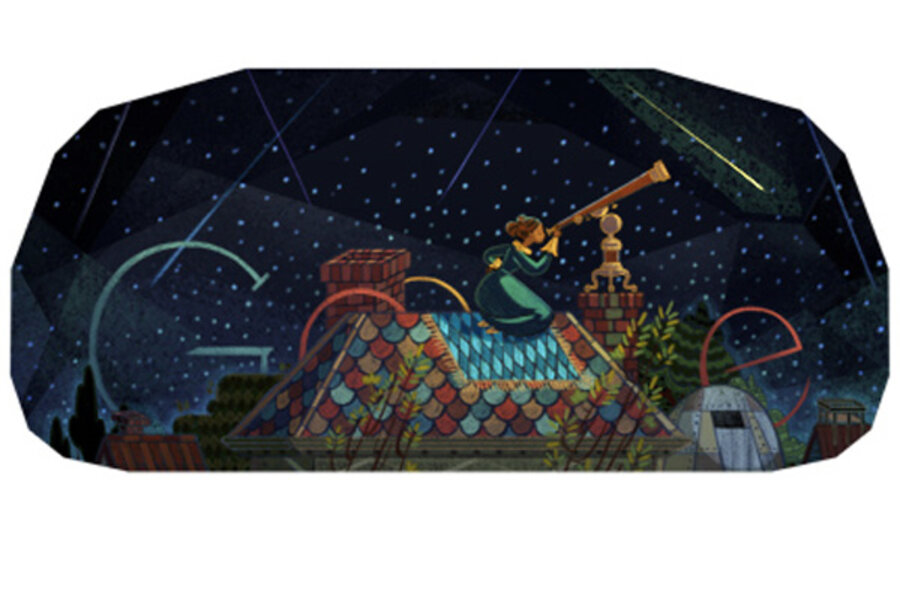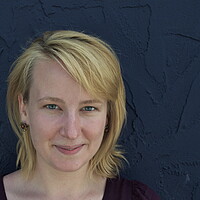How Maria Mitchell found a comet and a place for women among the stars
Loading...
On Oct. 1, 1847, Maria Mitchell took a small refracting telescope onto her father’s roof, and gazed into the Nantucket skies. The telescope was crude by today’s standards with a 12-inch body and a 2-inch lens, but it was powerful enough for Mitchell to spot a fiery light in the sky: a comet.
Thursday’s Google Doodle celebrates what would have been Mitchell’s 195th birthday with an illustration of the night that would bring her renown as the first female American astronomer, and the first person to spot a “telescopic” comet (one too distant to be seen with the naked eye).
But what exactly did Mitchell see?
Comets are dirty ice balls made up of frozen water and gases. The objects orbit the sun, and as they get closer to the sun, the mass starts to melt, explains Michael West, director of the Maria Mitchell Observatory. The warmth of the sun produces an outer tail, which is what stargazers can see in the sky.
Commonly confused with comets, asteroids are made up of hard chunks of rock, and meteors are asteroids that enter Earth's atmosphere. Whereas asteroid-observation might require a nightlong stargazing stakeout, comets generally move more slowly through the night sky and can usually be seen for several nights. And a comet’s path, and its orbit speed, can be predicted through nights of observation, says Mr. West.
Comets don’t occur that frequently in the night sky. There are usually only one or two sightings a year, explains West. Comet Ison, also called the “Comet of the Century” is predicted to appear later on this year. Ison is a “sun-grazer” says West – this means that it’s not clear if the icy ball will survive its close passage to the sun.
West says that scientists aren’t sure if, or when, Mitchell’s comet will reappear again in the skies.
Mitchell’s comet, named in honor of its discoverer, earned her a prize from King Fredrick VI of Denmark in 1848, as well as membership in the American Academy of Arts and Sciences the following year. Mitchell worked for a year up to her death in 1889 as a professor of astronomy at Vassar College, as well as a director of the Vassar College Observatory.








